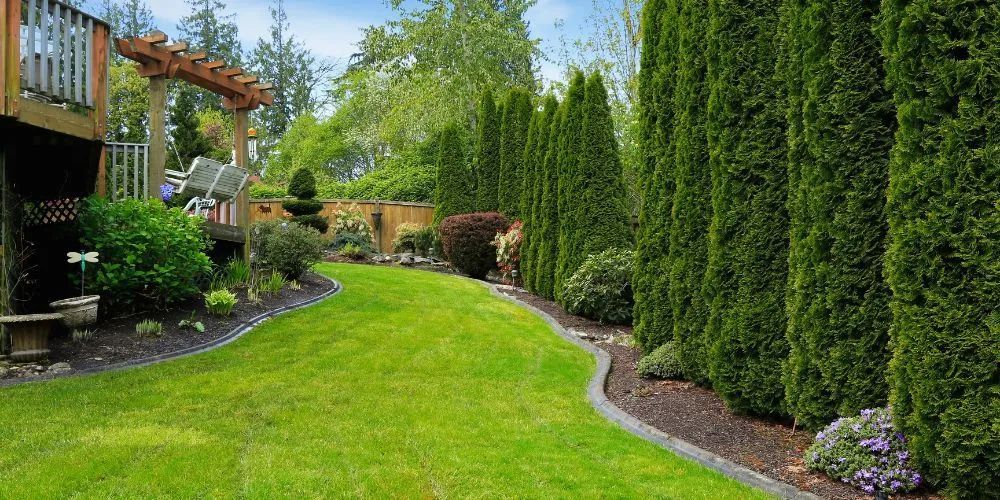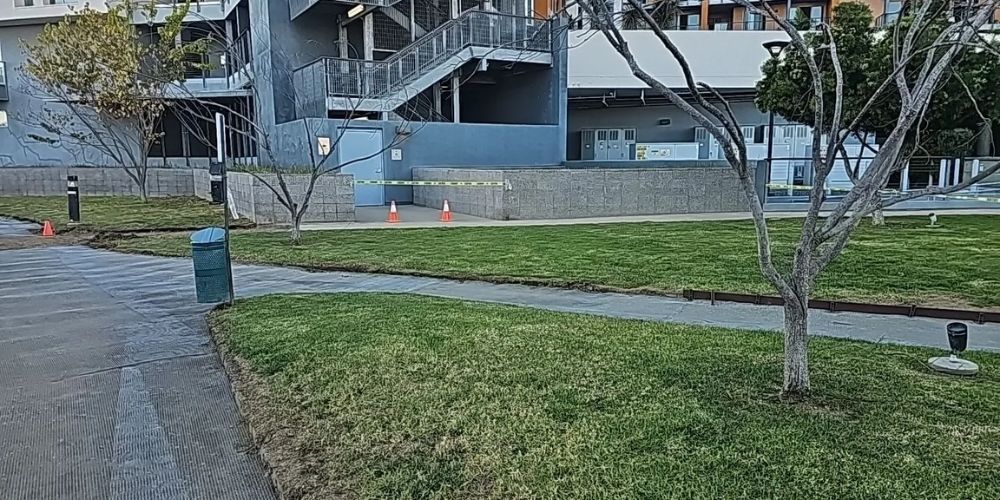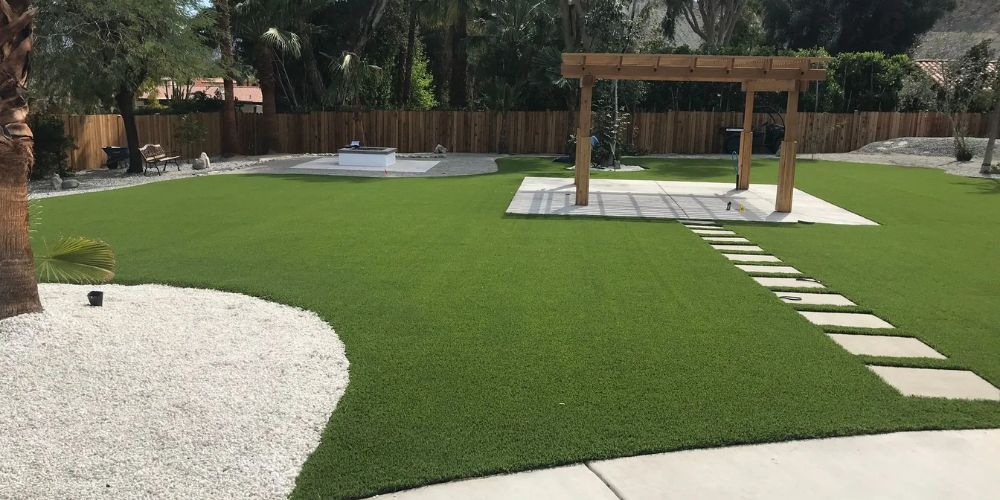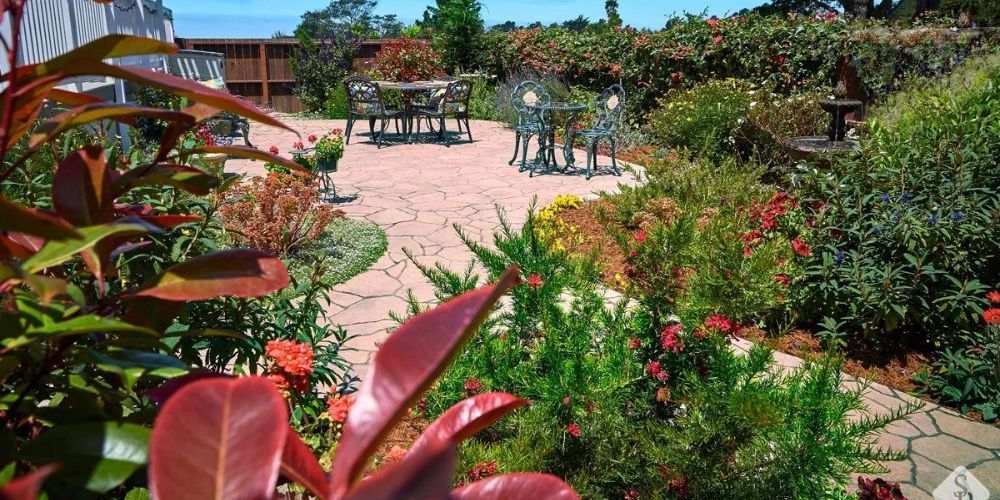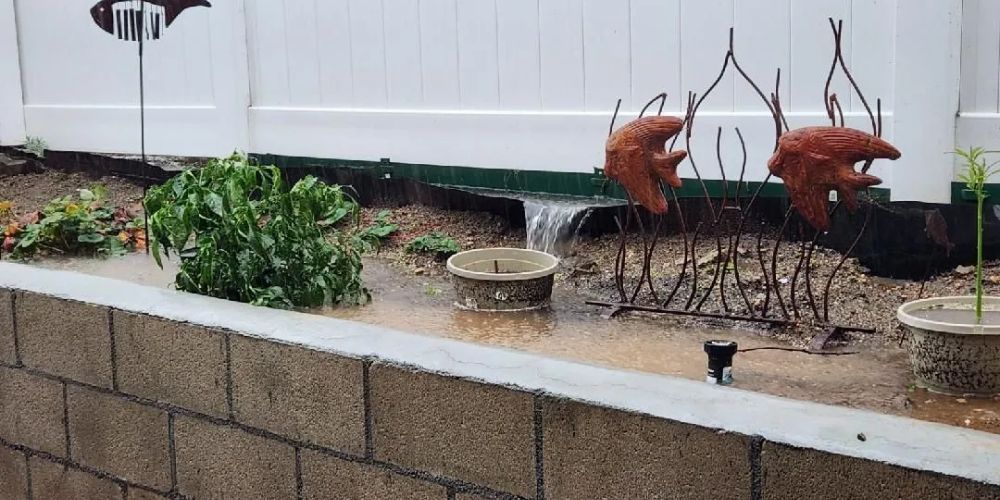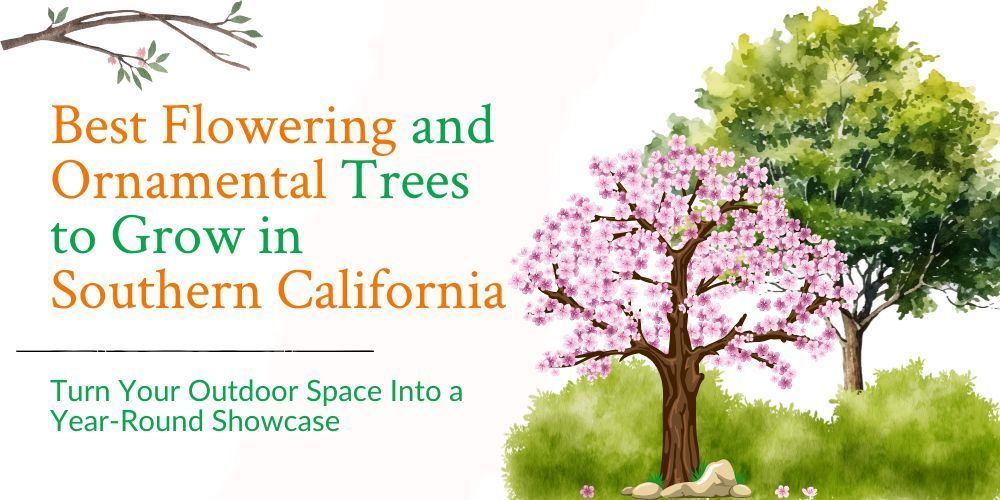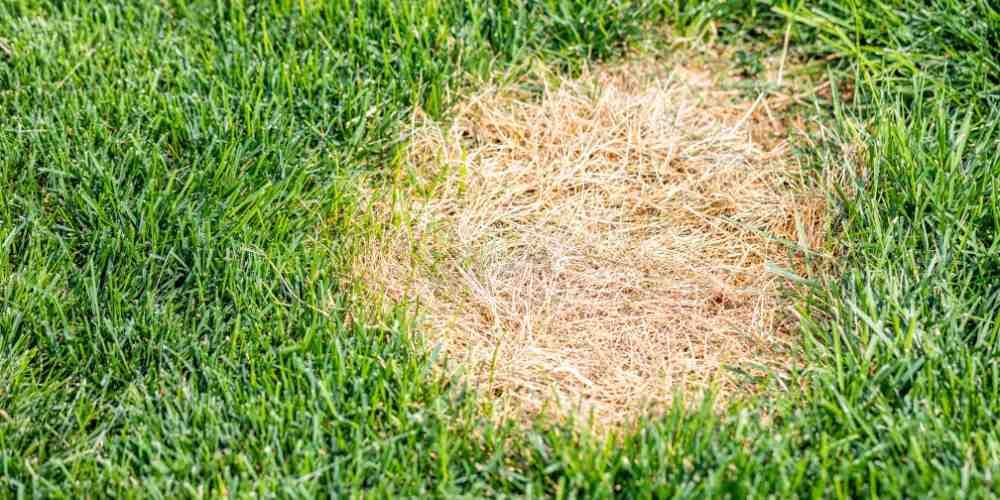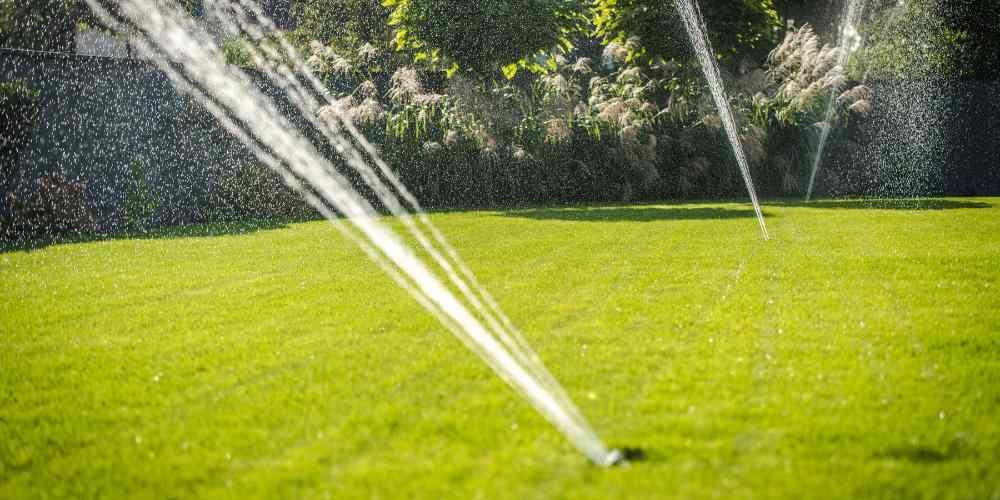How to Determine if a Plant is Dead
Indoor or outdoor, plants always beautify any space, bringing nature a step closer to our homes. Having plants around us brings numerous physical and mental health benefits as well. But, just as plants take care of us, we need to take care of them. Like us, plants need vital nutrients to thrive, while also being protected against diseases and insects. Through a combination of fertilization and disease and pest control, your plants can become greener, bloom longer, and be better protected. And while there is an unfortunate reality that sometimes plants can become unhealthy or even die, it is highly important to learn how to determine if a plant is dead, along with the necessary care to revive it.
Understanding the Signs of a Dying Plant
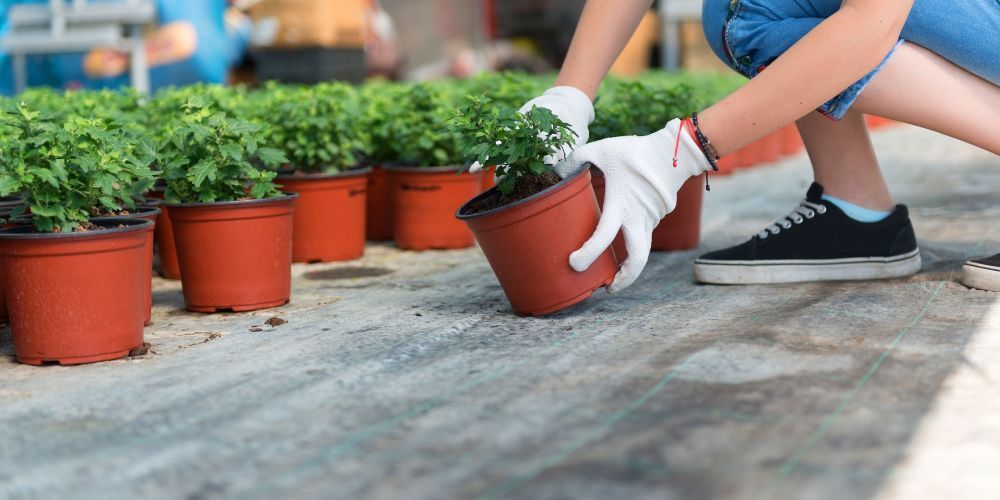
There are various reasons why a plant might turn brown or start dying. However, in almost every case, if you catch it in time, you can revitalize it. Look for basic signs like leaves, roots, and stems. The condition of these parts will give you a pretty solid indication of your plant's health. Damaged leaves indicate that something is out of balance. If the plant is wilting, there may be a lack of water, air, or nutrients. However, too much water can also cause problems, as it reduces the oxygen in the soil, making it harder for the plant to breathe.
However, damaged leaves but healthy roots prove the plant is worth fighting for. Even if you end up with brittle and dry roots, the plant can still be saved since it needs water, and with a bit of extra care, it can be brought back to life. On the other hand, if the roots are spongy, it's harder to revive the plant as that condition occurs due to excessive water. Moreover, the roots may start to decompose and emit a foul smell. If the soil also starts smelling, you have a dead plant on your hands.
Assessing Plant Vitality

Although slightly unconventional, the best way to check if a plant is still alive is to test its flexibility upon bending. If there is a clean break, it is likely a dead limb. However, a shredded break will indicate a live plant section. If you manage to find a green area, there is a good chance for the plant to survive. But if that is not the case, gently proceed with scratching the stem to search for green signs. If you have no luck, carefully dig out the plant and observe the roots. You are looking for roots that are light and not smelly, as dead plants will have either smelly and mushy or brittle and dry roots.
Steps to Revive a Dying Plant
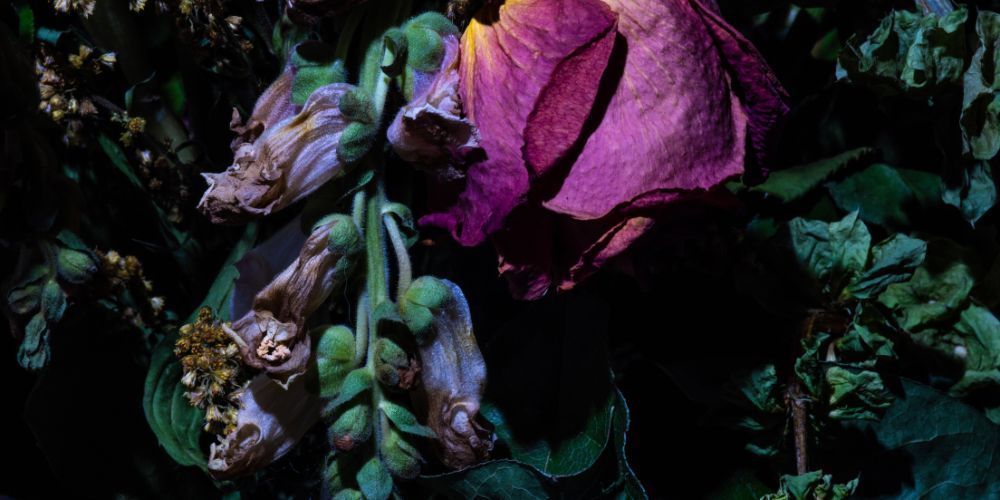
While many think you need to be a magician to revive a dying plant, the secret is that there is no secret. You need to have patience and give your plant some extra attention. Learn what kind of light your plant needs (plenty of light or indirect light). Make sure you water it just enough and trim out any parts that have already died out. Also, exercise caution when it comes to fertilizing until you know exactly how much and how often it's needed. Moreover, if not necessary, avoid re-potting it, as doing so will place the plant under additional stress.
Patience and Monitoring
Nothing happens overnight. After all, even the dying plant took a while to reach that point. Tend to it for a few weeks, and then make another evaluation. Patience is the most important aspect here. Even with the correct steps in place, it could take up to a month to see visible improvements. Just don't give up too easily. And always keep in mind that finding the right solution might take some time and effort, so be prepared for some troubleshooting.
Conclusion
Taking care of your plants from the beginning will always be easier and cheaper than spending all that time and resources to learn what is wrong and finding the right solution. Being observant and curious, making sure there are no brown or wilting leaves, or odorous roots will help them to live longer. Plus, you’ll need to ensure they receive enough light exposure and water. However, with our busy lives, we may not always have the time. So finding a company like Landtech Scenery to treat your green heaven will not only take all of those worries but will leave you with a backyard you will enjoy spending time in.
FAQs
